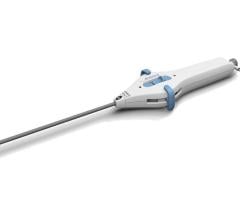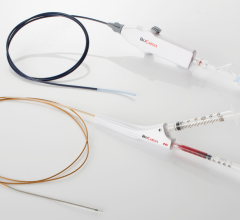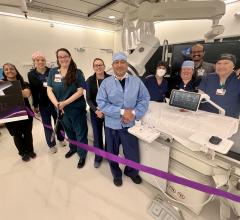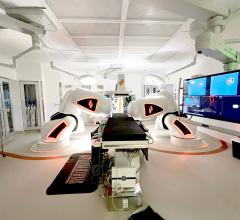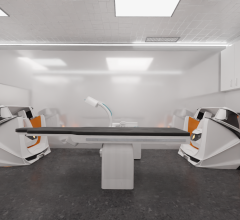
June 16, 2020 - Biotronik has today announced its commitment to giving physicians additional tools to pace in the His-Bundle, coinciding with the launch of its His-Bundle Pacing (HBP) tools in a limited number of centers starting now with a full launch later in 2020.
The gradual launch will help ensure physicians who are adopting Biotronik's tools have the adequate training opportunity during implantation.
Biotronik has an ongoing commitment to collaborating with electrophysiology (EP) physicians to help improve the lives of patients across the globe. An advisory board including HBP pioneers from over 13 countries have been working closely with Biotronik's developers to advise on optimal catheter design solutions for gaining smoother access to the tricky bundle of His.
Inconsistent procedure success remains a key concern for physicians when considering HBP implantation. Biotronik wants to help overcome this challenge and provide physicians with alternative tools they can rely on during clinical procedures.
"Achieving a pacing strategy that closely resembles intrinsic rhythm is well known to guarantee a superior clinical outcome," said Francesco Zanon, M.D., from Santa Maria della Misericordia in Rovigo, Italy. "But having the right tools has been one of the most important factors during HBP implantation."
There is a continued search for alternative pacing sites, and naturally, more flexible tools that may assist access to these sites. Pacing via the His Bundle uses the natural conduction system and therefore shows a normal QRS duration.
Studies have shown that long-term right ventricular pacing can result in a high incidence of myocardial perfusion defects that may increase with the duration of pacing.[1] Long-term right ventricular pacing is also associated with higher rates of atrial fibrillation, heart failure and mortality.[2-4]
"In the His-Bundle Pacing project we involved physicians from day one, co-creating product designs and receiving constant feedback to offer the tools our physician need to unlock higher rates of success," said Volker Lang, Biotronik senior vice president research and development CRM. "We are translating our proven product quality into innovations that help improve outcomes in the operating room."
Read about His-bundle pacing in the late-breaking Heart Rhythm Society 2020 meeting study Left Bundle Branch Pacing is Feasible as a Novel Strategy For Cardiac Resynchronization Therapy.
This technology is also iscussed in the VIDEO: Top New EP Technologies at Heart Rhythm Society 2020 — Interview with Andrew Krahn, M.D.
References:


 April 29, 2025
April 29, 2025 


